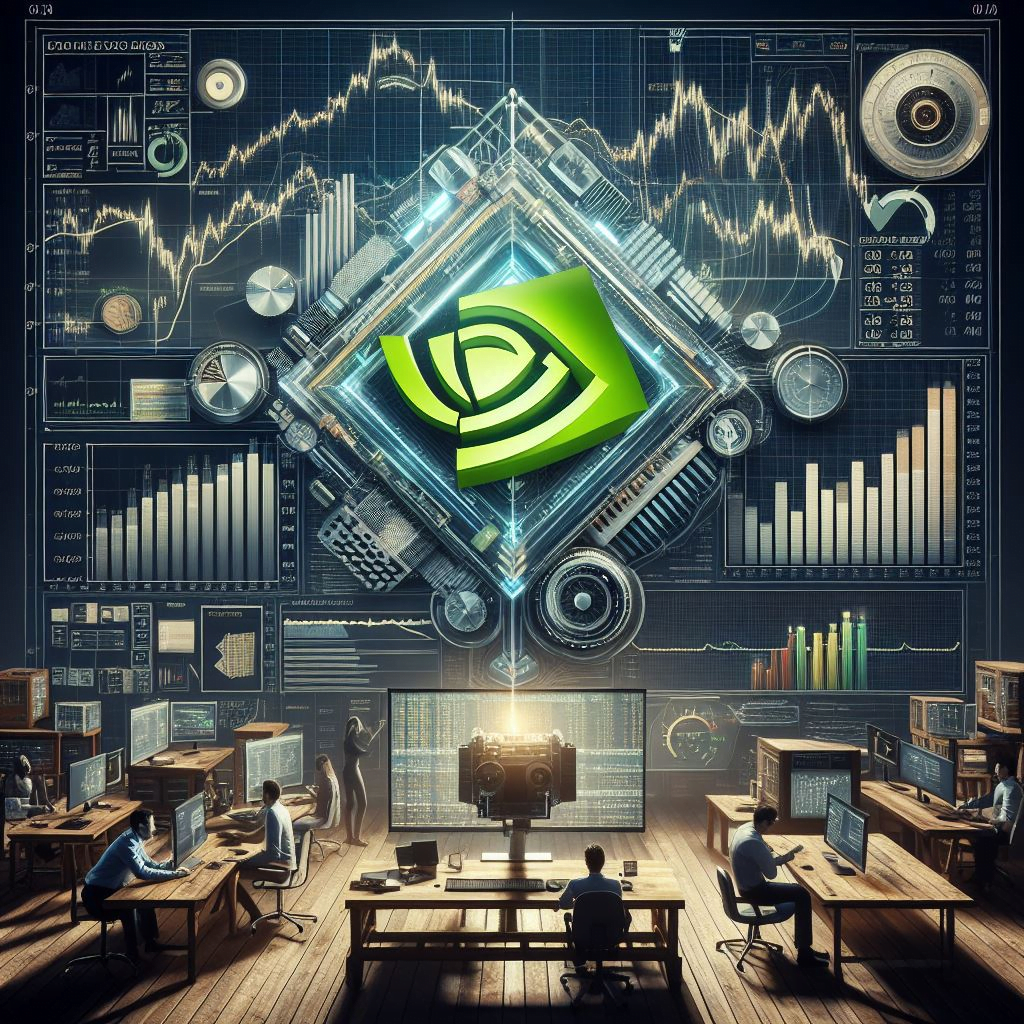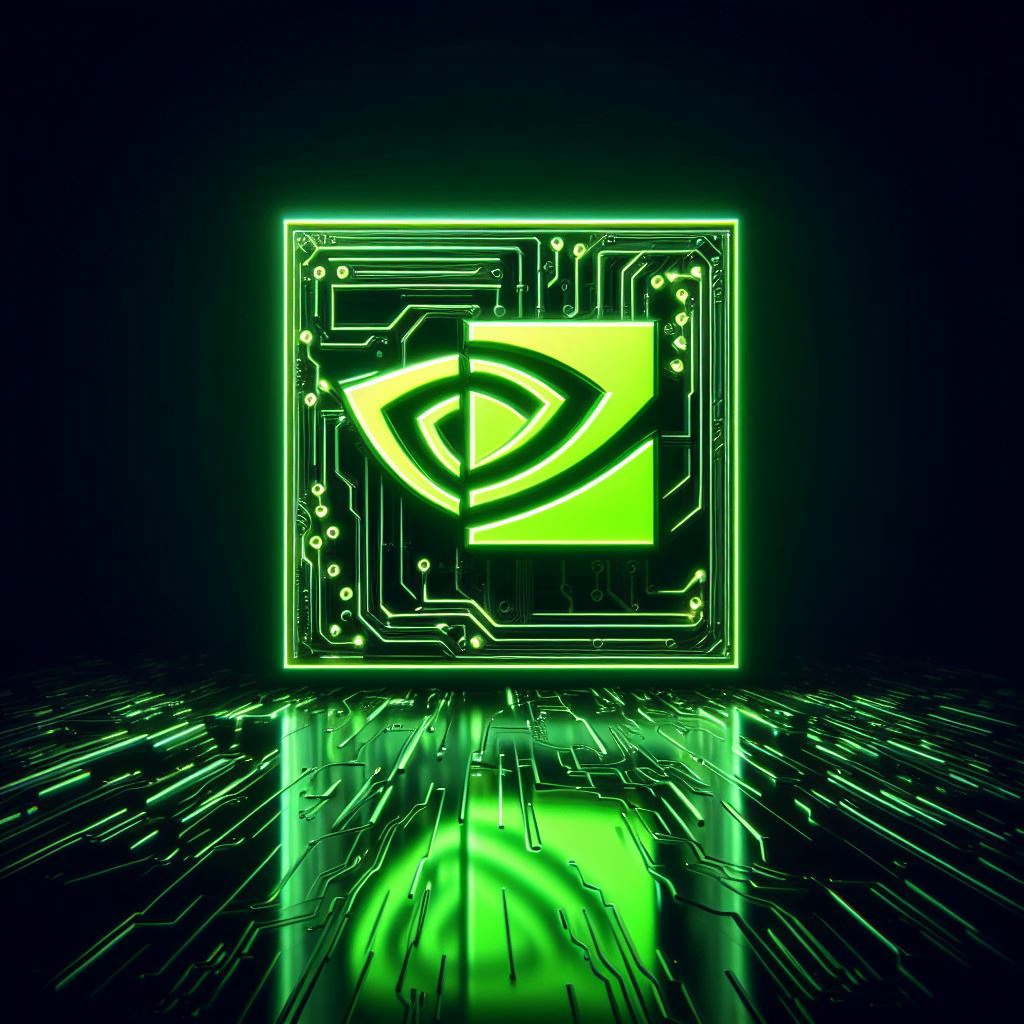Introduction
In a strategic move to enhance accessibility and accommodate a broader investor base, NVIDIA Corporation (NVDA) has announced a four-for-one stock split. This decision aims to make the company’s shares more attainable for both existing and potential shareholders. Let’s delve into the details of this significant development.
The Split Mechanics
- Date of Announcement: May 21, 2021
- Approval Requirement: The stock dividend is contingent upon obtaining stockholder approval at the company’s 2021 Annual Meeting of Stockholders, scheduled virtually for June 3, 2021.
- Authorized Shares Increase: If approved, the number of authorized common stock shares will rise to 4 billion.
- Distribution Date: Shareholders of record as of June 21, 2021, will receive a dividend of three additional shares of common stock for every share held on the record date.
- Trading Adjustment: Trading is expected to commence on a stock split-adjusted basis on July 20, 2021.
Rationale Behind the Split
- Accessibility: By dividing existing shares, NVIDIA aims to make stock ownership more accessible to a wider audience, including employees and retail investors.
- Market Impact: The move is expected to boost liquidity and attract new investors, potentially driving the stock price higher.
- Historical Context: NVIDIA has previously split its stock five times since 2000, demonstrating a commitment to shareholder-friendly actions.
The Alhambra of Technology
NVIDIA’s journey has been nothing short of remarkable. From pioneering the GPU in 1999 to reshaping industries through accelerated computing and AI, the company has left an indelible mark. Its innovations have powered gaming, high-performance computing, and artificial intelligence, impacting trillion-dollar sectors like transportation, healthcare, and manufacturing.

NVIDIA: A Technological Odyssey
The Rise of a Titan
NVIDIA’s journey began in 1993 when three visionaries—Jensen Huang, Chris Malachowsky, and Curtis Priem—founded the company. Their vision was to create a powerhouse that would revolutionize the world of graphics processing. Little did they know that their brainchild would evolve into a technological titan.
The GPU Revolution
NVIDIA’s Graphics Processing Units (GPUs) have been at the forefront of innovation. Initially designed for gaming, these powerful chips soon found applications beyond the virtual world. Their parallel processing capabilities made them ideal for scientific simulations, artificial intelligence, and data analytics. The GPU became the beating heart of modern computing.
The AI Renaissance
As artificial intelligence (AI) gained prominence, NVIDIA seized the opportunity. Its GPUs, with their immense computational power, became the go-to choice for training deep neural networks. From self-driving cars to medical diagnostics, AI owes much of its progress to NVIDIA’s hardware.
The Autonomous Future
NVIDIA’s ambitions extend beyond AI. The company is a key player in the race toward autonomous vehicles. Its DRIVE platform provides the building blocks for self-driving cars, enabling perception, mapping, and decision-making. NVIDIA’s collaboration with automakers and tech giants ensures that the roads of the future will be safer and smarter.
The Data Center Dominance
Data centers are the backbone of our digital lives. NVIDIA’s data center GPUs—such as the Tesla series—power these massive computing hubs. From scientific research to cloud services, these GPUs accelerate complex computations, making data centers more efficient and responsive.
The Quantum Leap
Quantum computing promises to unlock new frontiers. NVIDIA’s interest in quantum computing is evident through its partnership with D-Wave Systems. Together, they explore quantum annealing—a novel approach to solving optimization problems. As quantum computers mature, NVIDIA’s expertise will play a pivotal role.
The Green Revolution
NVIDIA’s commitment to sustainability is commendable. Its GPUs are energy-efficient, reducing the carbon footprint of data centers. Additionally, the company invests in renewable energy sources and advocates for responsible manufacturing practices.
The Cultural Impact
Beyond technology, NVIDIA has influenced culture. Its CUDA programming model has empowered countless developers to create groundbreaking applications. The annual GPU Technology Conference (GTC) brings together visionaries, researchers, and enthusiasts, fostering collaboration and innovation.
The Stock Split Catalyst
The recent stock split reflects NVIDIA’s confidence in its trajectory. By making shares more accessible, the company invites a broader investor base. As the world embraces technology, NVIDIA stands poised for exponential growth.

How has NVIDIA performed in the stock market over the years?
NVIDIA Corporation (NVDA) has had a remarkable journey in the stock market over the years. Let’s explore its historical performance:
- 1999-2002: NVIDIA’s stock price experienced significant volatility during the dot-com bubble. It started at around $0.90 in 1999, surged to over $5 in 2001, and then declined sharply to around $0.70 in 2002.
- 2003-2007: The stock gradually recovered and reached around $5 by 2003. Over the next few years, it continued to climb, hitting highs of $28.94 in 2006 and $53.72 in 2007.
- 2008-2009: The global financial crisis impacted NVIDIA, causing its stock price to plummet. It dropped to as low as $1.35 in 2009.
- 2010-2015: NVIDIA’s recovery began, and it steadily climbed back up. By 2015, the stock was trading around $8.05.
- 2016-2020: The company’s focus on AI and data centers drove impressive growth. The stock surged from around $26.33 in 2016 to $130.26 in 2020.
- 2021-2024: NVIDIA’s stock split announcement in 2021 further boosted investor confidence. The stock reached an all-time high of $739.00 in February 20241.
In summary, NVIDIA has been a trailblazer in graphics processing, AI, and parallel computing. Its stock performance reflects its position as a leader in the tech industry, with substantial growth over the years.

What is the history of NVIDIA?
NVIDIA Corporation was founded in April 1993 by three American computer scientists: Jensen Huang, previously a director at LSI Logic and microprocessor designer at AMD; Chris Malachowsky, an engineer at Sun Microsystems; and Curtis Priem, a senior staff engineer and graphic chip designer at IBM and Sun Microsystems1.
The company initially focused on developing graphics accelerator cards for the PC gaming market. In 1995, NVIDIA introduced its first product, the NV1, which was the world’s first integrated 2D/3D graphics accelerator2. Since then, NVIDIA has been at the forefront of technological innovation, shaping the computing industry in various ways:
- GPU Revolution: NVIDIA invented the graphics processing unit (GPU), which revolutionized graphics rendering and paved the way for parallel processing capabilities. GPUs are now essential for scientific simulations, artificial intelligence, and data analytics.
- CUDA Architecture: NVIDIA’s CUDA architecture opened up parallel processing capabilities of GPUs to science and research, enabling breakthroughs in fields like deep learning and high-performance computing.
- AI Leadership: NVIDIA powered the breakthrough AlexNet neural network, sparking the era of modern AI. Its GPUs continue to drive advancements in machine learning and deep learning.
- Real-Time Ray Tracing: NVIDIA’s RTX GPUs reinvented computer graphics by introducing real-time ray tracing, enhancing visual realism in games and applications.
- Metaverse Building: NVIDIA’s Omniverse platform plays a foundational role in constructing the metaverse—the next stage of the internet, where virtual and physical worlds converge.
NVIDIA’s legacy extends beyond technology—it has influenced culture, empowered developers, and fostered collaboration. As we look ahead, NVIDIA’s melody continues to resonate, promising a future where technology knows no bounds.
Conclusion
As the stock split unfolds, investors eagerly await the expanded opportunities it brings. NVIDIA’s commitment to growth, accessibility, and technological excellence continues to position it as a leader in the ever-evolving landscape of innovation.

1 thought on “NVIDIA Stock Split: Unlocking Accessibility and Growth”